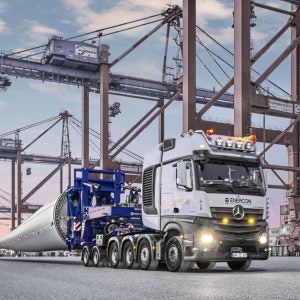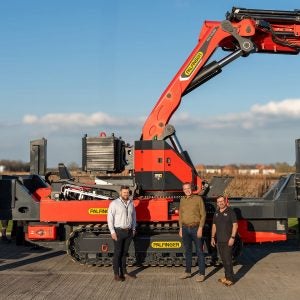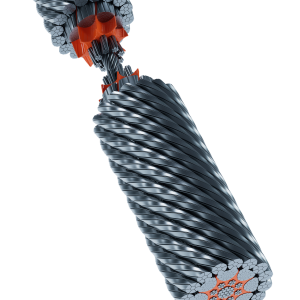Writing to Mayor Bloomberg, Joel Dandrea, SC&RA executive vice president, said the development of Subpart N of 29 CFR part 1926, a construction safety standard for cranes and derricks, had shown there was no need for a national crane database as component failure is not a prominent risk factor. A review of historical accident data for the Cranes and Derricks Advisory Committee (C-DAC) showed over 60% of accidents in the US are caused by contact with power lines, improper crane assembly and disassembly, and poor ground conditions.
The creation of a database would instead lead to “unsubstantiated and unnecessary tracking of all tower crane components throughout the crane’s lifetime”.
“What statistical data was used in determining that a tower crane database will create a safer work environment for employees and protect the public,” the letter reads.
“In addition, one has to question the practicality as well as the effectiveness of the proposed New York tower crane database plan in eliminating crane accidents.”
Dandrea noted the modular design of tower cranes as a particular hurdle for any database.
“The critical components are interchangeable and used on many different cranes throughout their lifetime. More importantly, the vast majority of these components have no individualised serial numbers. Currently, there are hundreds of non-serialised boom and tower components in North America which are continuously mixed and matched on cranes all over the world.
“If you consider bolts and pins in the equation, you are talking about close to one million interchangeable components in North America alone – most without individual identification.
“Given these staggering numbers, it is clearly evident that lifetime tracking of tower crane components is a virtual impossibility.”
He highlights an incident on 91st Street as “the single tower crane accident attributable to component failure” in NYC, and said a database would not have prevented the accident. “All that a crane database would have shown was that the crane had been repaired, a fact already known to all relevant parties. It would not have helped predict or prevent the accident.”
“SC&RA welcomes the opportunity to meet with officials of NYC’s Department of Buildings to discuss viable and mutually beneficial options to reduce crane accidents,” added Dandrea. “At the present time, NYC’s Department of Buildings continues to operate on a “solo” mission facilitating only their personal agenda and refuses to take input from leading industry members of SC&RA.
“One has to ask why the NYC Department of Buildings would not welcome the expertise and experienced or our members to assist in their efforts to minimise crane incidents within their jurisdiction.”






